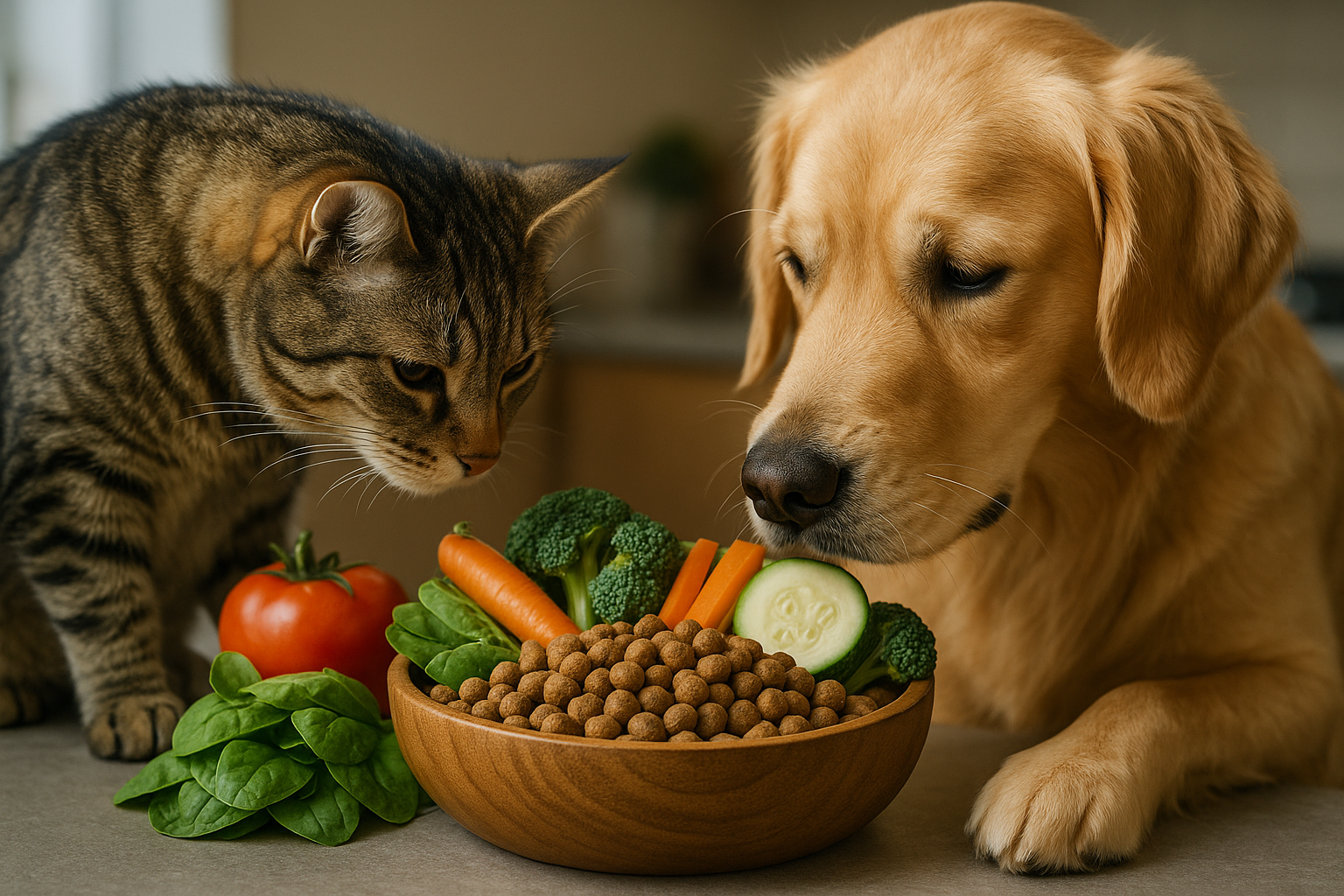Redefining Pet Nutrition: The Rise of Organic Diets for Our Furry Friends
In recent years, there has been a significant shift in the way pet owners approach nutrition for their furry friends. As awareness and concern about what goes into our bodies grow, so does the attention to what we feed our pets. This article delves into the rising trend of organic diets for pets, exploring its origins, current standing, and future prospects.

A New Perspective on Pet Nutrition
Since the mid-20th century, commercial pet food has been the standard diet for pets. However, increasing awareness about the potential health risks of chemicals, artificial additives, and low-quality ingredients found in many commercial pet foods has prompted pet owners to seek healthier alternatives.
The organic pet food movement began in the late 1990s. Still, it was only in the last decade that it gained significant traction, aligned with the broader trend towards organic products in human nutrition. The idea is straightforward: feed pets food that is free from artificial additives, pesticides, and genetically modified organisms (GMOs), mirroring the principles of organic farming.
Current Trends in Organic Pet Food
The organic pet food market is booming. Data from Grand View Research estimates that the global organic pet food market size was valued at USD 6.8 billion in 2020 and is expected to grow at a compound annual growth rate (CAGR) of 9.5% from 2021 to 2028.
This growth is driven by increasing consumer demand for high-quality pet food products and rising awareness about pet health issues. The trend is particularly strong in developed countries, where pet ownership is high, and consumers are more willing to spend on premium pet products.
The Impact of Organic Diets on Pet Health
Research on the health benefits of organic diets for pets is still in its early stages, but anecdotal evidence and preliminary studies suggest potential advantages. These include improved digestion, better skin and coat health, increased energy levels, and a lower risk of obesity and related diseases.
However, it’s important to note that not all organic pet foods are created equal, and the term ‘organic’ can sometimes be misleading. Pet owners should always check the ingredients list and look for certifications from reputable organizations to ensure they’re buying a genuinely organic product.
The Future of Organic Pet Food
As the organic pet food market continues to grow, so does the range of products available. Today, pet owners can choose from a vast selection of organic dry kibble, wet food, and even raw diets.
Sustainability is also becoming an increasingly important factor in the pet food industry. Many companies are now focusing not only on organic ingredients but also on sustainable packaging and production methods.
Looking ahead, it’s clear that organic pet food is more than just a passing trend. As pet owners continue to prioritize their pet’s health and well-being, the demand for high-quality, natural pet food products is likely to keep growing.
Final Thoughts
The shift towards organic diets for pets reflects our evolving understanding of pet health and nutrition. While organic pet food may not be the best choice for every pet, it offers a healthier and more natural alternative for many. As always, pet owners should consult with their vet before making any significant changes to their pet’s diet.




